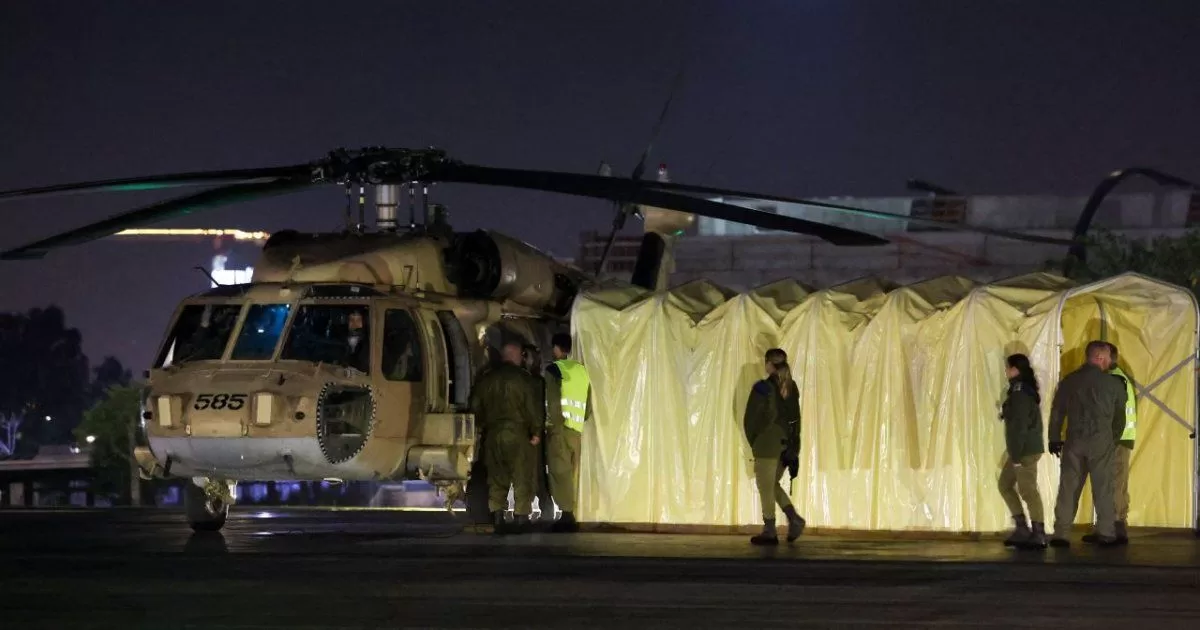The main virtue of the Mirador de saltillo is the panoramic view it offers. But I am not referring to the 22-meter-high tower with a metal façade inaugurated a year ago, but to the privileged view that it offers naturally. From here, the valley is contemplated.
Therefore, this hill located to the east of the Waterhole on the Downtown area, was an observation point for the first settlers of the city and served as a military strategy. It was also rescued twice to be a public space.
The past of the Mirador de Saltillo is rarely told because it brings to mind invasions, wars and losses.
“Nobody wanted to remember a space that meant that war that Mexico lost,” explains historian Carlos Recio, referring to the confrontation with the United States, a war that we will talk about later.
IT MAY INTEREST YOU: Did anyone remember my birthday?: Ciudad Deportiva de Saltillo
This space was used by soldiers as an observation point.
Observation point and military use
El Mirador has accompanied Saltillo since its inception. Remember that the city has three main reliefs: mountains, streams and hills.
The Guachichile Indians, being the first settlers in this area, took advantage of the natural elevation of the Mirador to use it as an observation point and thus be aware of possible invasions. This is more than 400 years ago.
This is where the part you prefer to ignore comes in. During the War of Mexico and the United States (1846-1848) the American soldiers took the lands of the Mirador.
The fort was built by dozens of soldiers.
IT MAY INTEREST YOU: The Ciudad Deportiva train, a jewel of nostalgia for Saltillo
Between 120 and 250 soldiers built the fortification and placed cannons to attack the Mexican cavalry. It was an adobe building, built in less than three months, from November or December 1846 to the beginning of 1847.
From then until 1977, this place was known as the Fort of the Americans or Fort Webster, since Major Lucien Webster commanded the United States troops from here.
After that armed conflict, at the beginning of the 20th century, the fort was in ruins. But by 1914, during the Constitutionalist Revolution, the old North American fort was retaken by federal forces that supported the government of President Victoriano Huerta.
Then the place was left in ruins. It only served as a lodging place for homeless people.
first remodel
In 1977, some of the walls of the old fort were still visible, but that year, during the state government of Óscar Flores Tapia, all that remained was demolished and on November 15, Plaza México was inaugurated on the occasion of the city’s 400th anniversary.
Along with the square, the so-called scenic route was built, which involved vehicular traffic around the hill. Road that until today is circulable.
This road is passable until today.
Since then, the place has also officially adopted the name of Mirador. It was in that same year when the replicas of the two cannons used by the North American military were placed.
IT MAY INTEREST YOU: The saddest park in the world is in Saltillo
The name of Plaza México and the installation of the two cannons, was lucky for vindicating the site of its bitter history with the United States.
Second remodel
After the first restoration, the Mirador was not significantly invested again until just a year ago. “Plaza México looked decayed and abandoned,” described Carlos Recio.
Its name changed to Parque Mirador Saltillo. The site is a place with benches, trees, a store, a temporary exhibition room, an observatory, the tourist letters with the name of the city and some “Gates of time”. The latter are an attraction with giant doors with text that narrate the history of the city. Well, there’s even free Wi-Fi.
And what about the tower with a 360-degree view and 122 steps (which do not contemplate the inclusion of disabled people in wheelchairs or crutches) and that from Wednesday to Sunday is illuminated with a flash show.
This tower has been the trigger for controversy since its construction was planned, and activists, urban planners and historians consider that it breaks with the concept of cultural landscape.
Sergio Castillo, activist and promoter of historical conservation, made it clear that he is not against modernization and sophistication.
“It did need a restoration, but the recommendation of urban planners and conservation experts is that it be done according to the needs of the space and with full respect for it,” said Castillo.
He pointed out that adding a tower to an already natural elevation enters as an alteration to the cultural landscape, in accordance with international decrees issued by Unesco.
In the same sense, the historian Carlos Recio said: “There is an attempt to recall parts of the history of Saltillo with images. I think the intention is not bad; the solution is not good”.
For the doctor in Information and Communication Sciences, what can be celebrated is that the name of Fort Webster was removed. But he regrets that now this space does not connect with the essence of the people of Saltillo or empathize with their roots.
*With information from Carlos Recio, Municipal Archive of Saltillo.

